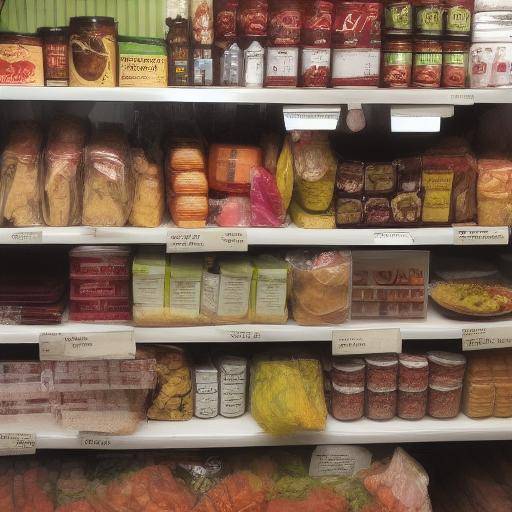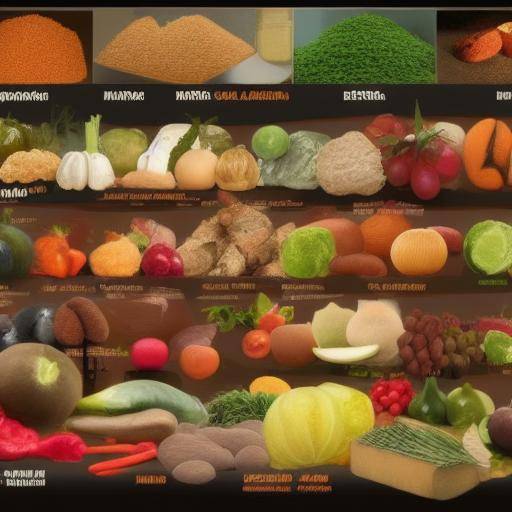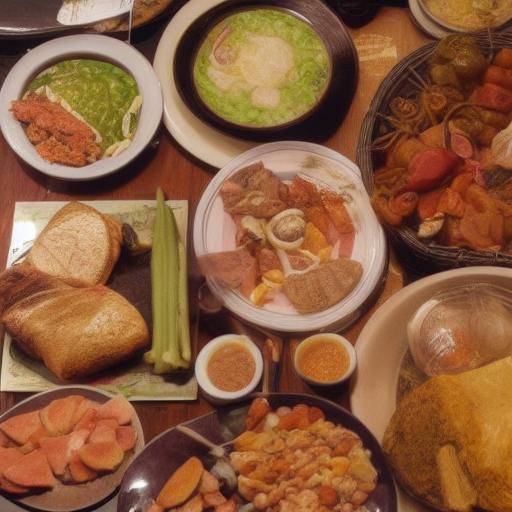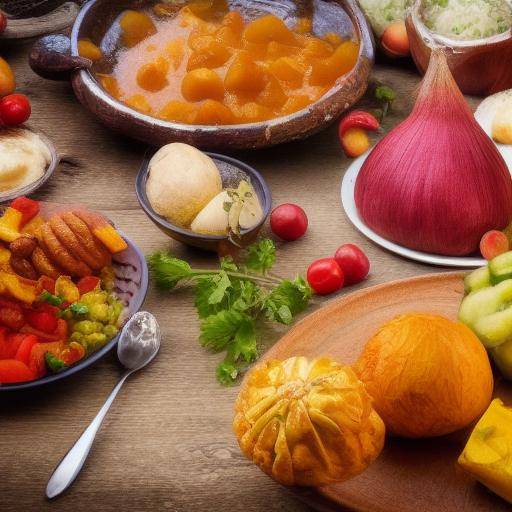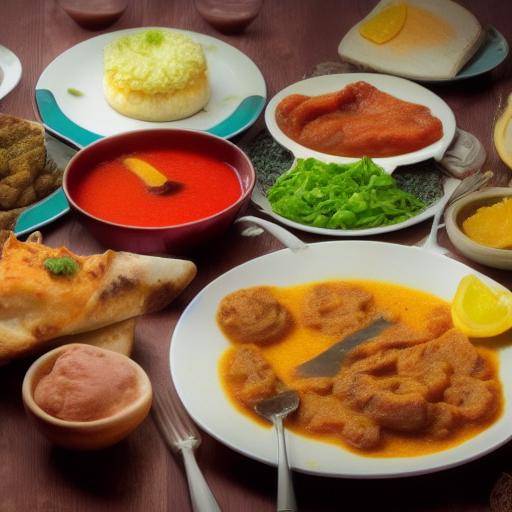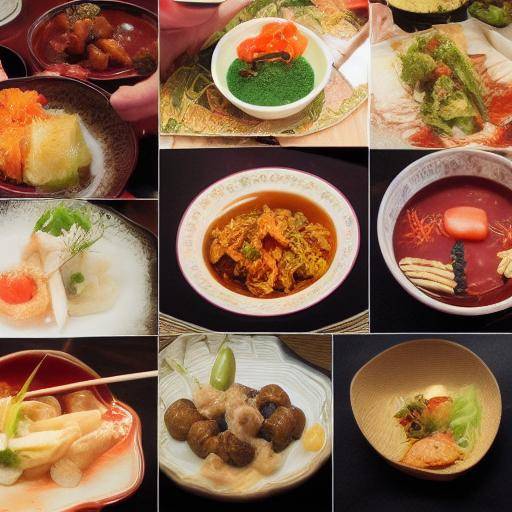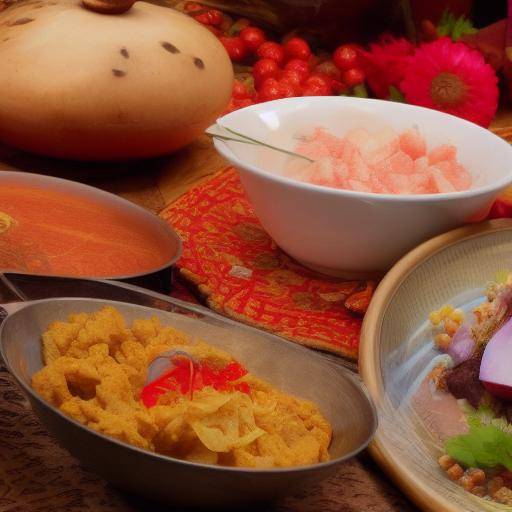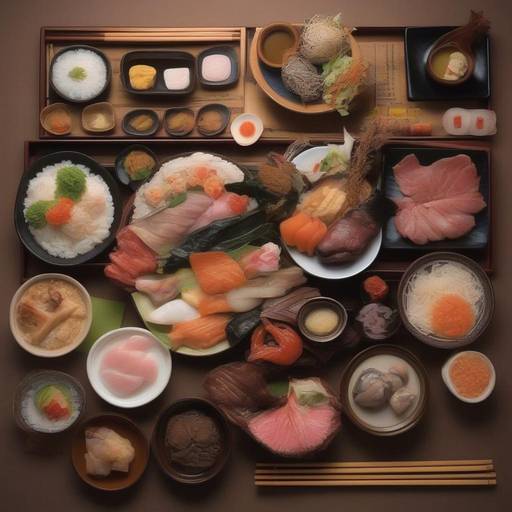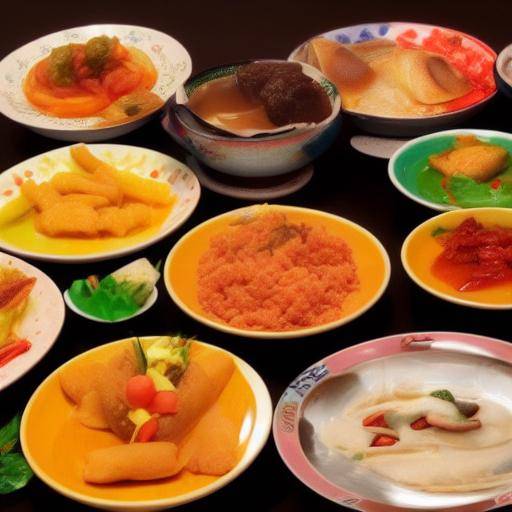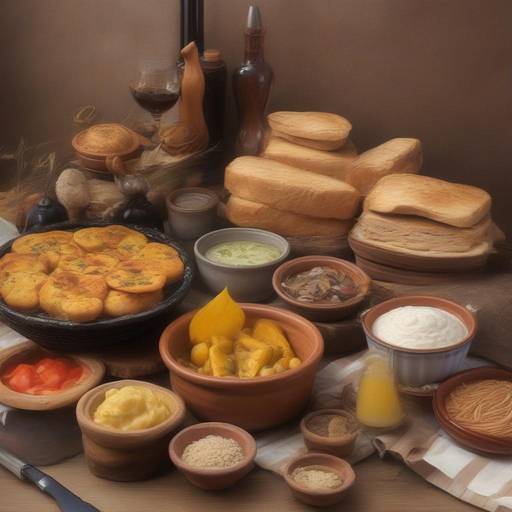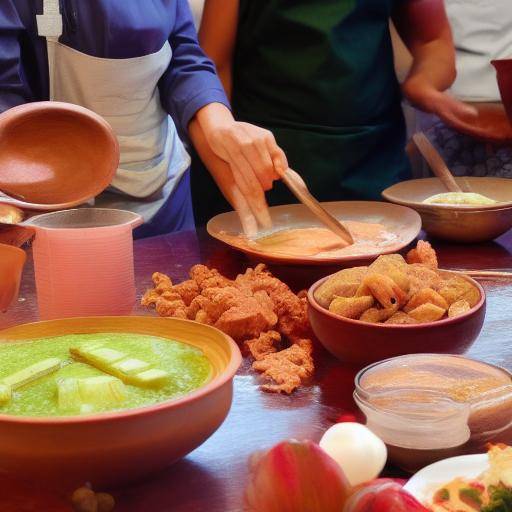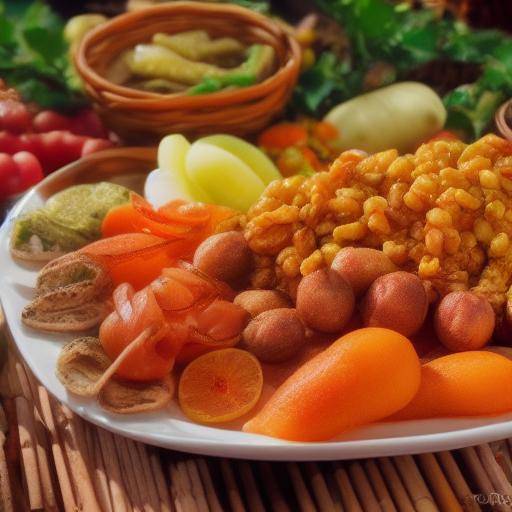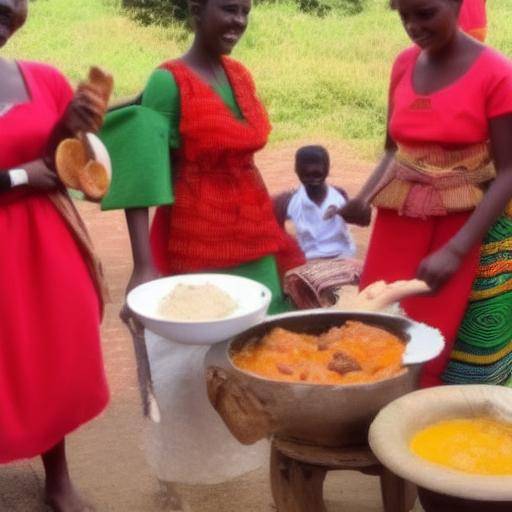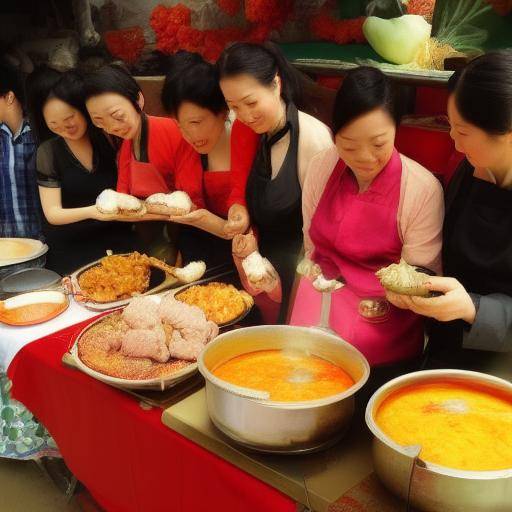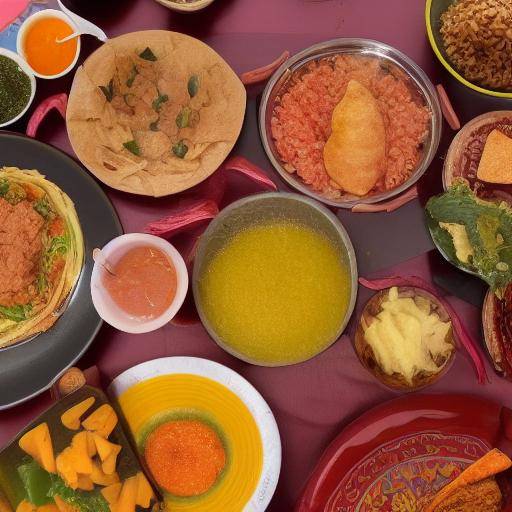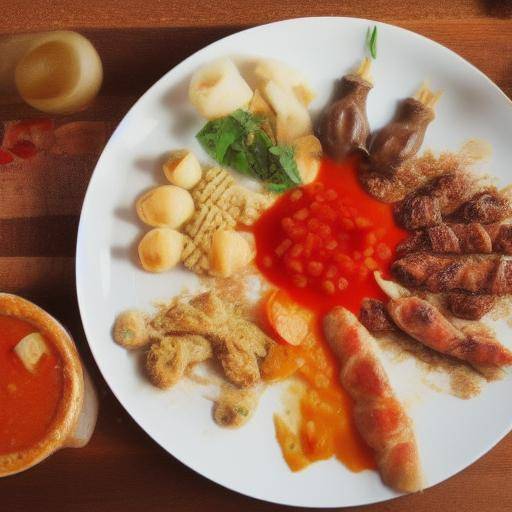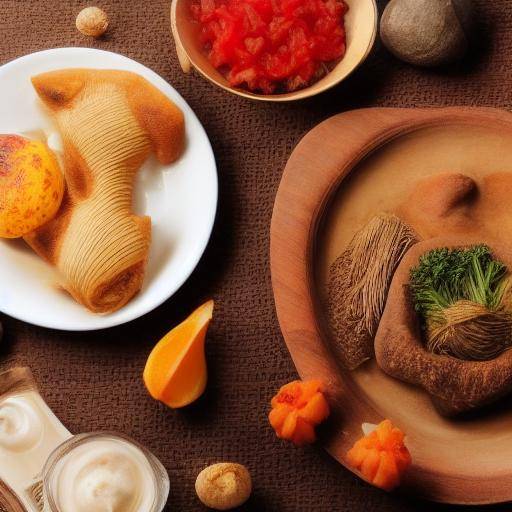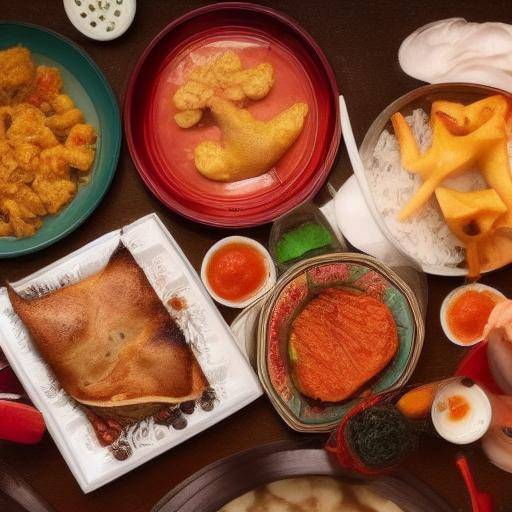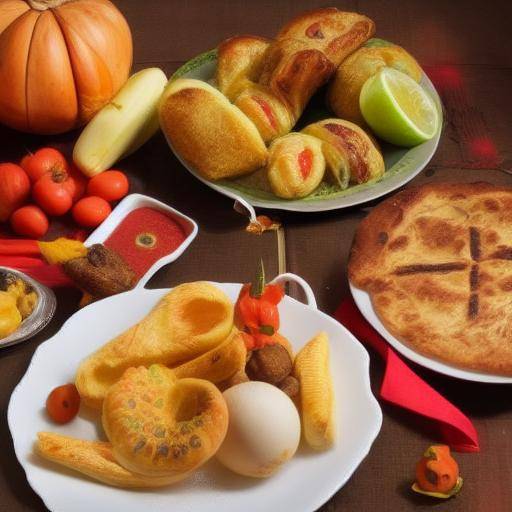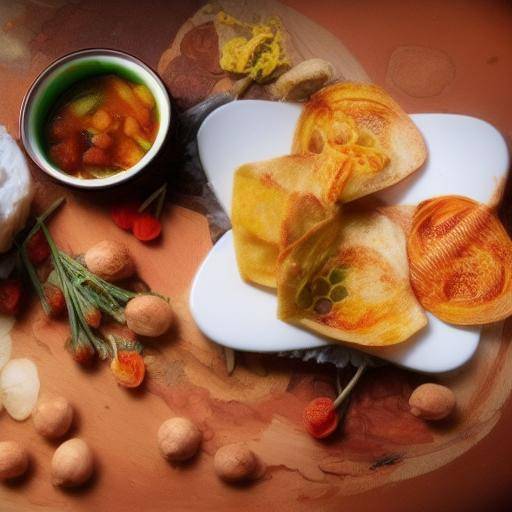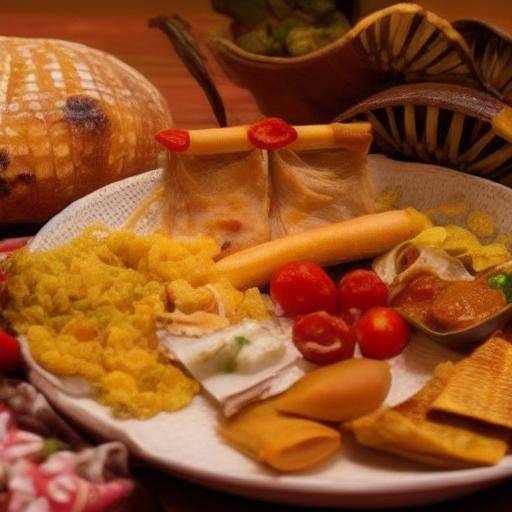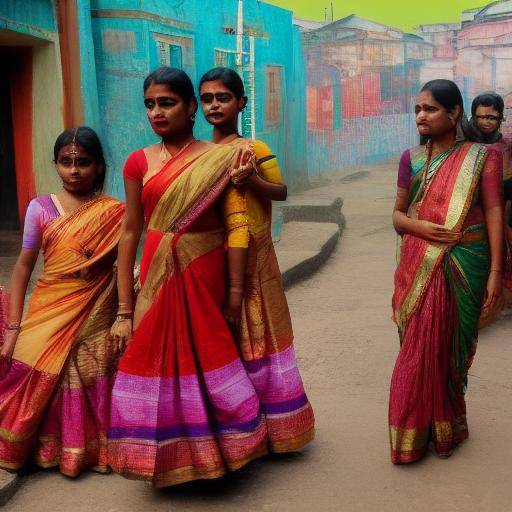
Welcome to a world full of colorful parades, delicious food and new beginnings! In this article, we will thoroughly explore the celebration of Pohela Boishakh, the Bengali New Year, and everything this cultural festival has to offer. From its rich history and traditions to culinary delights and the renewal of hopes, we will discover together the beauty and meaning behind this unique holiday.
History and Background
Pohela Boishakh, the Bengali New Year, has its roots in the ancient Mughal era in the Indian subcontinent, particularly in the region now Bangladesh. This festival historically marked the beginning of the fiscal calendar under the Mughal domain. Over time, the celebration became a cultural event that transcends religious and social differences.
Pohela Boishakh celebrations often include colorful parades, with huge processions along the streets that give life to the city with dances, music and artistic exhibitions. The cultural diversity of Bangladesh is manifested in these parades, where traditional clothing and national symbols play a prominent role. These parades are not only a visual spectacle, but also an expression of the rich heritage and national identity.
Detailed Analysis
Beyond the pomp and splendor of the parades, food plays a central role in the celebration of Pohela Boishakh. The traditional Bengalis dishes, such as the pitha (sweet rice) and the hilsha (a type of fish), are an integral part of the culinary experience during this holiday. Food not only satisfies the senses, but also unites families and communities around tables full of traditional delicacies.
The new beginnings represent a central theme in Pohela Boishakh. The holiday marks a period of renewal and hope, where people seek to leave behind the difficulties of last year and look to the future with optimism. This spirit of revitalization is reflected in cultural activities, social interactions and artistic expressions that characterize the celebration.
Comparative analysis
By observing the intersection of the colorful parades, the food and the new beginnings in Pohela Boishakh, it becomes evident the uniqueness and wealth of this holiday. The way these elements are intertwined and complemented is a testimony of the cultural depth and the significant revitalization it represents for the Bengali community.
Practical Tips and Accessible Tips
If you are looking to participate in Pohela Boishakh celebrations, here are some practical tips to immerse yourself in the experience:
- Dress traditional Bengalis costumes for parades, such as sari for women and panjabi or kurta for men.
- Delight in a variety of Bengalis dishes at street food festivals.
- Reflect on your past achievements and make plans for the future with the arrival of the Bengali New Year.
Conclusions
Pohela Boishakh offers a unique window to the rich heritage and traditions of the Bengali community. With its colorful parades, delicious food and new beginnings, this holiday embodies the vitality and optimism of a culture that celebrates the life and possibilities that the future brings with it. Dare to immerse yourself in this wonderful celebration and experience the joy of the Bengali New Year!

